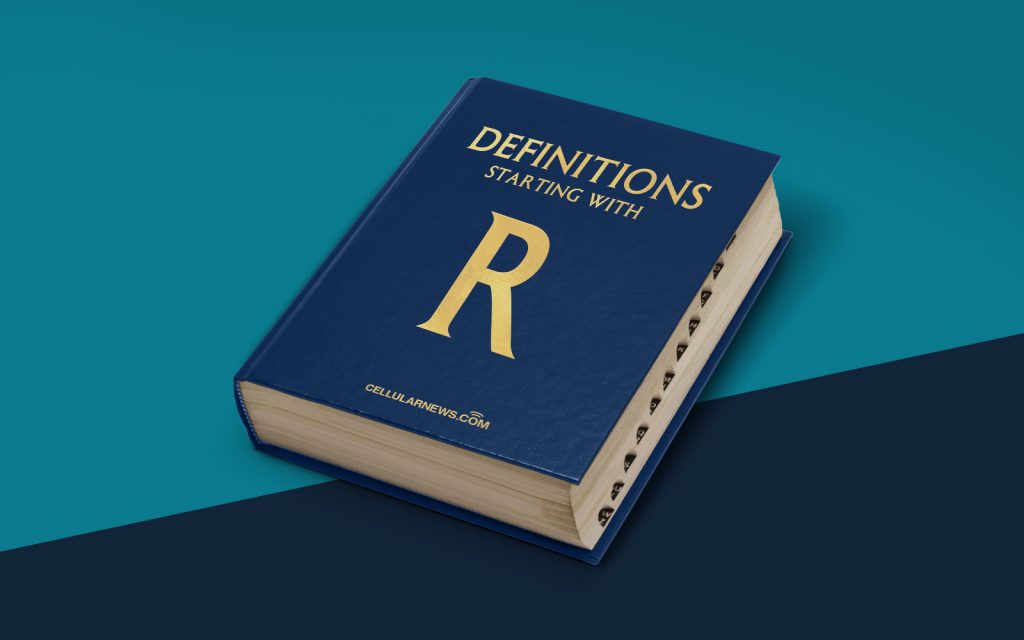
What is Restriction of Hazardous Substances (RoHS)?
Welcome to another edition of our “Definitions” series! In this post, we’ll be diving into the world of Restriction of Hazardous Substances (RoHS). If you’ve ever come across this term and wondered what it actually means, you’re in the right place.
RoHS refers to a directive that restricts the use of certain hazardous substances in electrical and electronic equipment (EEE). Its primary goal is to protect our environment and human health by reducing the levels of hazardous materials found in these products. This directive was introduced by the European Union (EU) to encourage the responsible disposal and recycling of EEE, as well as to promote product safety and sustainability.
Key Takeaways:
- RoHS stands for Restriction of Hazardous Substances and is a directive by the EU.
- The directive aims to restrict the use of hazardous substances in electrical and electronic equipment.
Now that we’ve covered the basics, let’s take a closer look at some key aspects of RoHS:
1. Which substances are restricted?
RoHS sets limits on the usage of six hazardous substances, namely:
- Lead (Pb)
- Cadmium (Cd)
- Mercury (Hg)
- Hexavalent chromium (Cr6+)
- Polybrominated biphenyls (PBB)
- Polybrominated diphenyl ethers (PBDE)
Manufacturers are required to ensure that their products contain minimal levels of these substances, as specified by RoHS regulations. By doing so, they contribute to a cleaner and safer electronic ecosystem.
2. Who must comply with RoHS?
The RoHS directive applies to any company that manufactures, imports, distributes, or sells electrical and electronic equipment within the EU. This includes a wide range of products, such as computers, televisions, mobile phones, and household appliances.
Non-compliance with RoHS can have serious consequences, including financial penalties and damage to a company’s reputation. Therefore, it is essential for businesses to understand and adhere to the regulations set forth by RoHS.
RoHS is an important step towards creating a sustainable and eco-friendly future. By restricting the use of hazardous substances in electrical and electronic equipment, we can minimize the negative impact on both human health and the environment. Compliance with RoHS ensures that the products we use are safer, more sustainable, and contribute to a greener world.
We hope this blog post has provided you with a comprehensive understanding of Restriction of Hazardous Substances (RoHS). Stay tuned for more informative posts in our “Definitions” series!
